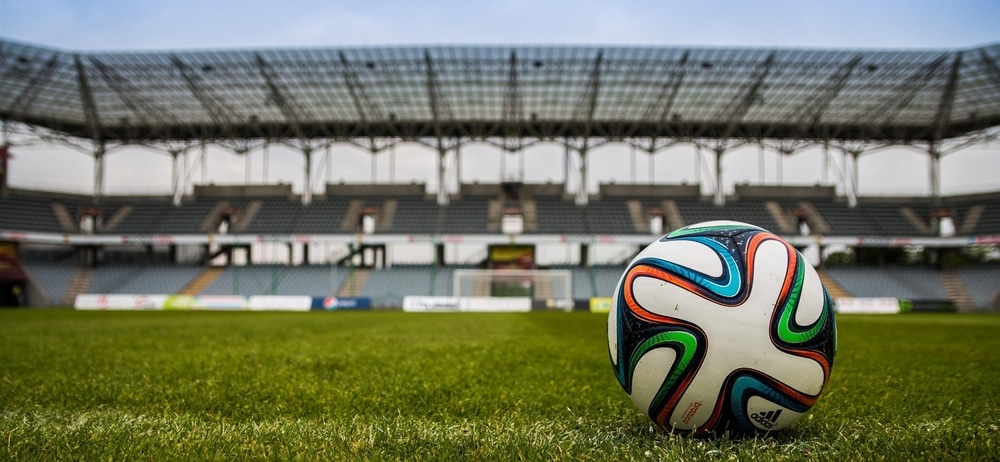
It’s coming home for World Cup brands
2018 saw the 21st FIFA World Cup take place, with seemingly more hype, coverage and reach than ever before, which brands surrounding the tournament were keen to get in on.
Across the UK, top stories included retailer Marks & Spencer relishing its association to the England manager, Gareth Southgate, who wore the brands waistcoat on the pitch sidelines. Marks & Spencer created the hashtag #LuckyWaistcoat, which featured across social, print and even Wembley Stadium, highlighting that it’s the official tailor of the England team. People were also encouraged to take part in #WaistcoatWednesday, donning waistcoats in support of the England team, while raising money for charity Bloodwise. Marks and Spencer recorded a 35% increase in demand for waistcoats during the tournament.
According to Amobee Brand Intelligence, Nike came out on top as the brand with the most World Cup-related digital content engagement. Impressively, this is despite not being an official sponsor of the tournament, but an official sponsor of both finalist teams and other teams.
Following at a close second was Apple with nearly 100% engagement, and Adidas with 93%. Making it into the top five were also Puma (45%) and Umbro (42%).
One of the top Nike stories that led to online mentions of the brand was the Nike-sponsored Nigerian World Cup kit. According to The Independent, the kit sold out minutes after its release as hundreds of fans queued outside London’s NikeTown store in Oxford Street.
Sponsoring football teams and sporting events has long been a winner for brands; but with increased media exposure and consumption of events like the World Cup is this the perfect way for brands to achieve digital reach through traditional methods
As part of our International Marketing MSc (online) you will explore the role traditional marketing plays in a digital world, find out more.